New Zeiss Distagon 35/1.4 ZM and few other Zeiss lenses on Sony A7r
I visited product presentation of Zeiss and Sony today and tried few of the lenses that I expect to get for review soon. One of the most interesting recent Zeiss releases is Distagon 35/1.4 ZM. This is fresh new lens in Leica M mount and I was impressed during short experience. It is small, sharp from wide open and with a great contrast. We might wait longer for this one to put it in Loboscope, but better ever than never.
Zeiss Distagon 35/1.4 ZM
Zeiss Loxia 35/2
I was pleasantly surprised with my first, brief experience with Loxia 35/2 on this year Photokina. We were promised today, to get Loxia 35/2 for review within two weeks, so we are looking forward to lobotize it. As usual, expect some comparative tests. BTW I am seriously considering to buy Loxia 35/2 for myself, to replace my never loved enough FE 35/2.8 ZA.
Zeiss Otus 55/1.4 ZE (EF mount)
If you ever wondered how perfect lens looks like, the answer is – almost Otus like. It might sound silly, but the only thing I don’t like about Otus, is their (I dare to say) external design. I am old school and I like metal and glass, no rubber, no modern curved shapes and special matte powder colors. But optically, they are as good as it gets for 35 format.
Zeiss Otus 85/1.4 ZE (Canon EF mount)
Bigger brother…
I was kidding when I said that the only thing that I don’t like about Otus lenses is Otus design. I don’t like Otus price either. Maybe if I get some special offer… or if you buy few hundreds of Zeiss lenses, using our affiliate links to BH, Adorama and/or Amazon (that are usually bellow articles), I might get one… or two…
Zeiss APO Sonnar 135/2 ZE (Canon EF mount)
Maybe not as famous as Otus, but almost as good. I say almost, because despite APO design, you might find a bit of the LoCA. But hay, it’s much cheaper and it’s Sonnar, and I can forgive any Sonnars much more than a bit of LoCA. There is something magical about Sonnar rendering and this Zeiss 135 is one of the best Sonnars I ever tried. If not the very best one.
Zhongyi Mitakon 50/0.95
What has Zhongyi Mitakon 50/0.95 II, or if you like – Dark Knight to do with Zeiss? Nothing. But it was in my bag and I took a chance to take few photos. For the price, this Mitakon deserves my special “Bargain Of The Year” price. What’s that for the price? I have no idea, I just invented it. But to prevent mixing it with any of Zeiss jewels, image bellow shows different model, different lighting and well, completely different… hair cut.
Support us please, I need my Zeisses 🙂
Please help support this page and upcomming reviews and buy through affiliate links, with no extra cost for you:
Buy on BHPhoto: 35mm f/1.4 Distagon T* ZM Lens for M-Mount (Black)
Buy on BHPhoto: Loxia 35mm f/2 Biogon T* Lens for Sony E Mount
Buy on BHPhoto: 55mm f/1.4 Otus Distagon T* Lens for Nikon F Mount
Buy on BHPhoto: Otus 85mm f/1.4 Apo Planar T* ZF.2 Lens for Nikon F Mount
Buy on BHPhoto: 135mm f/2 Apo Sonnar T* ZF.2 Lens for Nikon F Mount
To help this page survive, your donation will be highly appreciated.
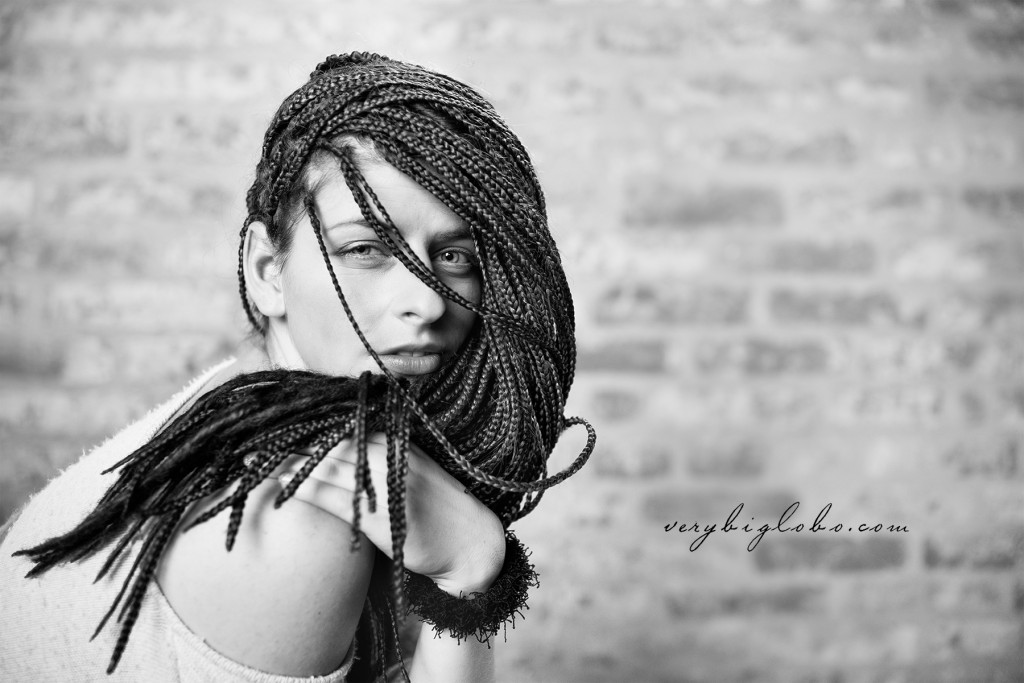
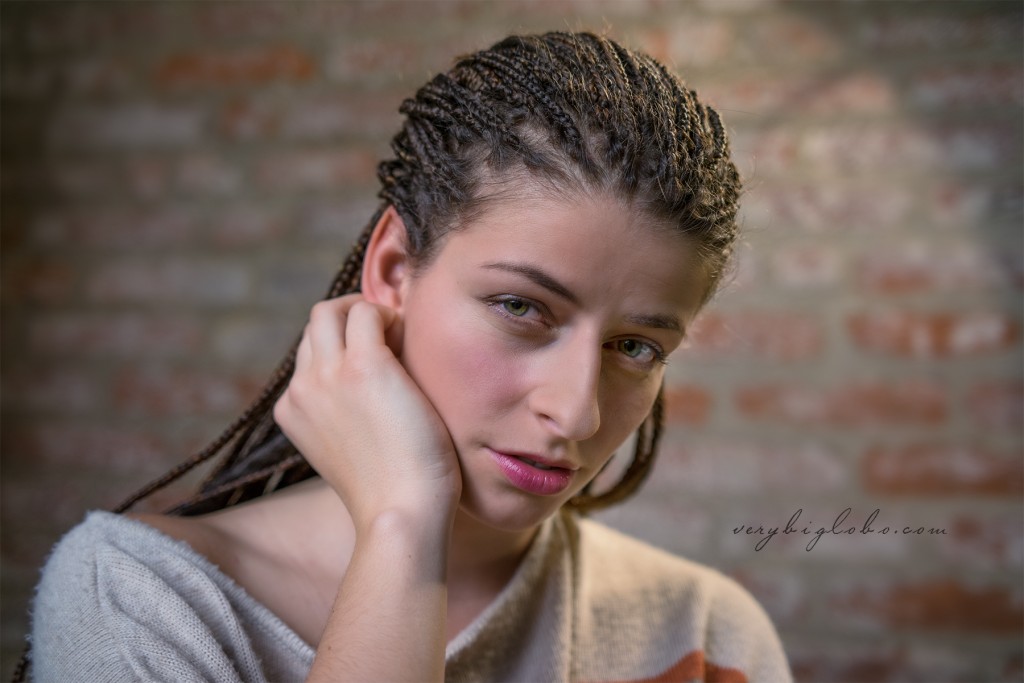
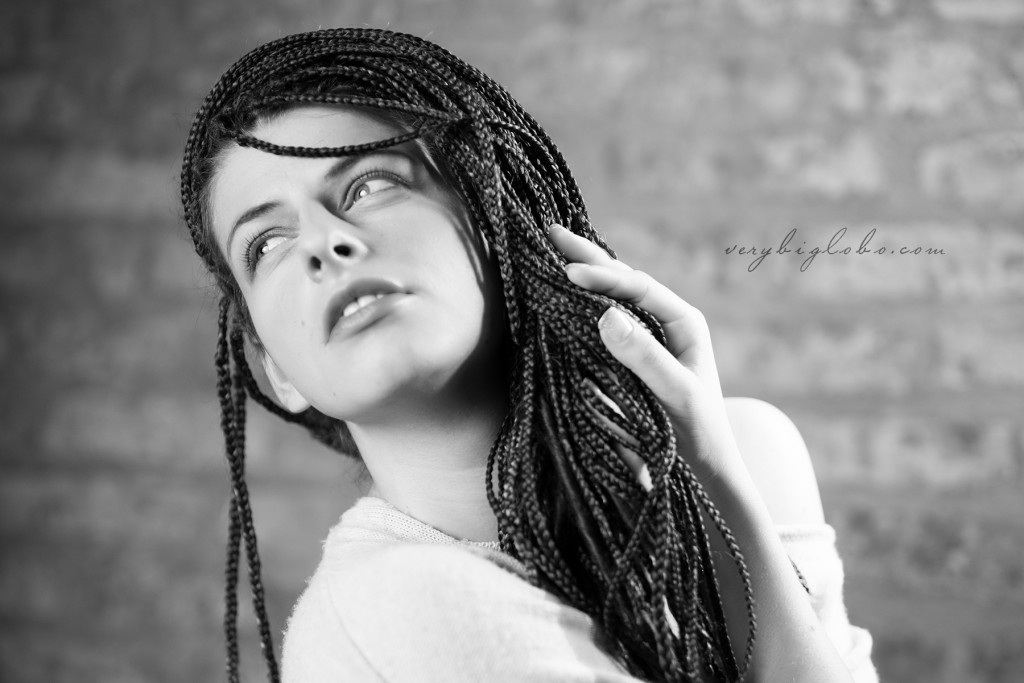
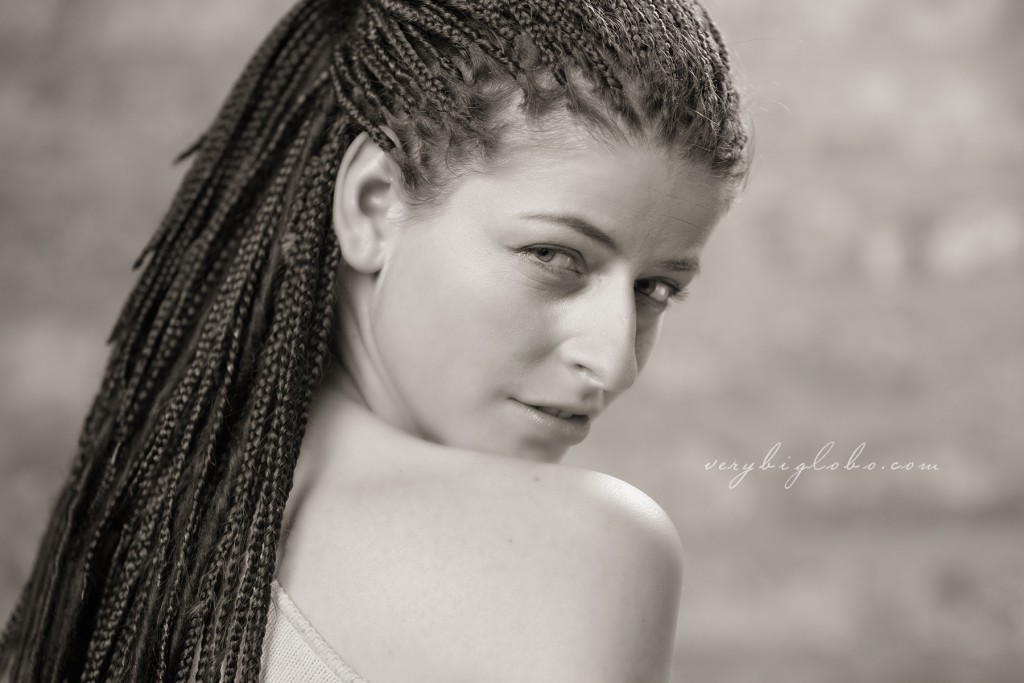
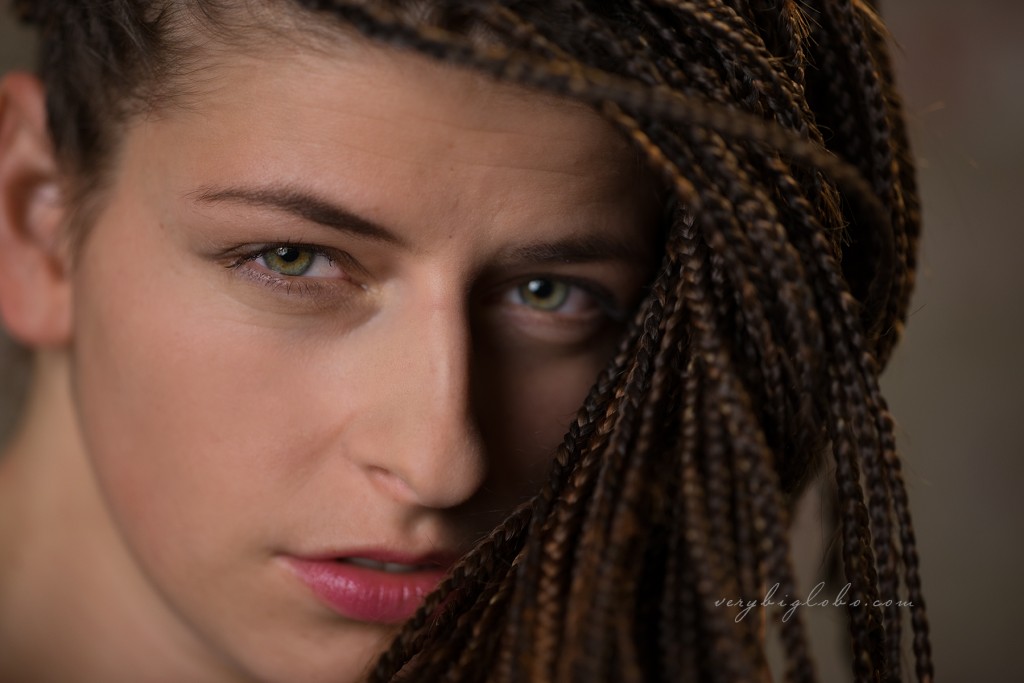
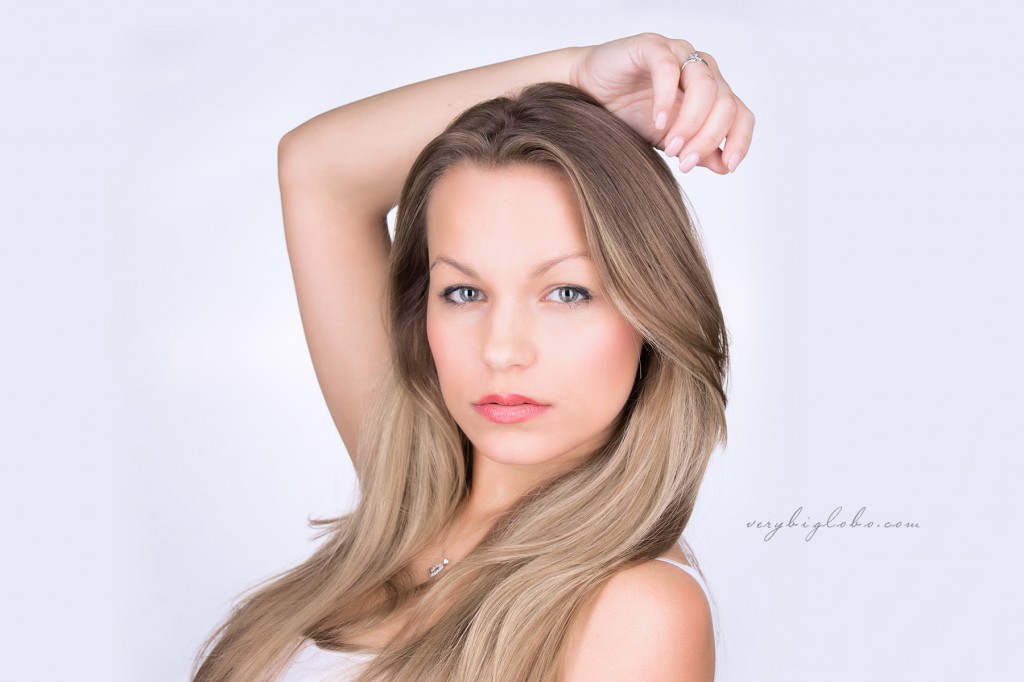

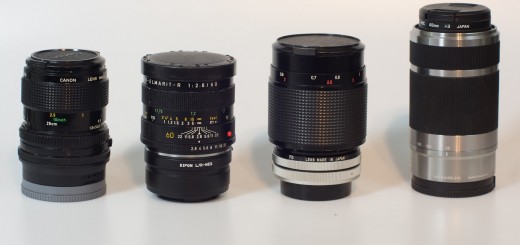
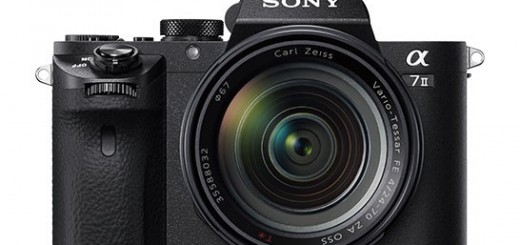












Hej, Viktor! Nice street shots. All except Mitakon are wide open, I suppose?
Hi Alex,
all lenses were wide ooen, Mitakon is at f/8.
Cheers,
Viktor
Hi Viktor,
Nice little post. The Loxia has also piqued my interest; I wonder if its rendering is significantly different to my RX1? I have the Voigtlander 35/1.4 as you might know, and also the Sonnar FE 35/2,8 which I actually rather like (I think it’s plenty sharp enough). Maybe f/2 might be nice… and I never owned a biogon.
The mikaton falls into the “gimmick” lens for me. I would really have to either want to bokeh the hell out of everything or find some night-time use for f/0.95. If I am using f/8… why use anything other than the baby Otus (FE 55/1,8)??
Cheers,
Martin
Hi Martin,
if you have CV and FE 35, you’ll probably find Loxia 35/2.0 to replace both, giving you less punchy (than FE 35/2.8) but more organic rendering. FE 35/2.8 is very hard to use with Manual focus and that’s where Loxia will shine.
Baby Otus can compare with real Otus maybe only in the center resolution. It is great lens, but nowhere near in terms of other optical aberration corrections, such as LoCa e.g. If you shoot at f/8, question is – do you need FE 55/1.8, because many cheaper lenses would give you almost equal performance at that f-stop.
Mitakon 50/0.95 II is specialty lens for sure, but mainly because is too heavy to be used at f/8. Wide open, I dare to say that it represents comparative creative tool to Leica Noctilux on other systems. It is that good 🙂
Hi Viktor,
Yes, I could see the Loxia replacing both. I do like my “punch” though. I never manual focus the 35/2,8 as you say, it’s not much fun to do so.
You’re also right about the Otus, and also using f/8 for the 55/1,8. I think I’m past the phase where I want the fastest lenses, but rather, the lenses which generate the most microcontrast and clarity in an image. Fast glass and bokeh are fun, but some lenses will give excellent subject-background separation even at higher f-numbers (of course, you will have a list of these lenses!).
I guess Zeiss lenses are good candidates for this kind of thing, which might explain why I have become obsessed with Zeiss glass as time goes by.
Martin
Zeiss lenses are great for sure. In my experience, I am rather inclining to soft images, with compressed (low contrast) and pastel (pale) colors, images that have potential to add a bit of mystery, to hide realistic detail in the haze or glow, to let the viewer to interpret the story on his/her own way. It’s a matter of subjective preference, nothing rational, but I would rather work with a lens with unique (flawed in technical terms) rendering, such as Petzval 85/2.2, than with the perfectly corrected lenses such as Zeiss Otus 85/1.4 e.g. (That I would however like to own and use from time to time, as the counterweight.)
However, in order to bring objective analyzes of the lenses themselves, I have to forget about my own preferences 🙂
BTW, getting more familiar with some Zeiss people, I really like their enthusiasm, honesty and passion about Zeiss optics and Zeiss products. They are friendly, down on earth, knowledgeable and highly professional staff, at least in my experience. I recently spent over 2 hours talking to them about recent products and future plans and it was great experience.
Good to hear (r.e. Zeiss).
I know what you mean about lower contrast and softness; I do like to have that, too, sometimes 🙂
I like low contrast, but finely detailed images with lots of tonality. I am probably mixing my words, but I always like to see medium format images on film… just very rich images. I don’t like photos to look too digital.
At the end of the day, the lens doesn’t really matter. A great photo is a great photo.
Doesn’t stop me wanting more though 🙂
Dear victor, I am very much in between the loxia 35 and the zm. I have read many reviews about how the zm 35 f1.4 has a unique rendering and sharp center with a minor smearing in a7 system. I do not own an m system. Just Sony a7. I am asking for your detailed help in this one. If you could have either the loxia or the zm please give me your skepticism and analyze the pros and cons. 1.4 aperture is very good to have as well as the amazing bokeh that come out from such an aperture. Size ( not weight ) is very important for me. That is also the reason I am not considering the fe distagon 35 1.4. Too big for my taste. I really want a unique 35 to invest in for the long run. So really which one would you choose and why? Somehow I feel that the loxia f2 is a compromise when the zm has a comparable size and better rendering ( if of course this is true)
Looking forward for your insight in this one. No matter how hard I look I have not seen an answer in this question online.
Ps to be honest the best would be to see this zm 1.4 adapted in the loxia line. But with the add of distagon 35 fe 1.4 from Sony Zeiss I find highly improbable that Zeiss will make a second distagon 35 1.4 in the loxia line.
Ps2 did Sony had to make the fe version so huge? Such a mistake…..
Hi Anastasios,
I hope you have seen my reviews of Loxia 35/2 – http://www.verybiglobo.com/zeiss-loxia-biogon-352-review/ and Zeiss Distagon 35/1.4 ZM – http://www.verybiglobo.com/zeiss-distagon-35mm-f1-4-zm-review/? In the later, you can find some direct comparisons between the two (portraiture).
Without a doubt, if money won’t be an issue, I would choose Distagon 35/1.4 ZM for my shooting style and liking. At the end however, I stayed with Voigtlander 35/1.2 II which suits me well and is cheaper, but to make no mistake, Voigtlander is much weaker in terms of sharpness and aberration controls, compared to both – Loxia and Distagon.
It is virtually impossible to make a bold statement which lens is better in general terms and it will depend on your needs and style which one will serve you better.
Distagon ZM is a little wonder of modern optical engineering, especially considering its size, Loxia is best suited for Sony A7 series and most convenient to use on those cameras, while Voigtlander has most pronounced “character” wide open. BTW, Voigtlander and Zeiss Distagon ZM are almost identical in size and weight, and I wouldn’t call them exactly – small nor lite.
Sony Zeiss Distagon FE 35/1.4 ZA is essentially adapted Zeiss Distagon 35/1.4 ZE or ZF.2 version with corrective optics (similar to Loxia) improving corner performance. Adding AF caused further size increment, so it is indeed large lens. If the size won’t be limiting, I would suggest however Sigma Art 35/1.4 with either LA-EAx or Metabones SA adapter instead, because it is on par if not sharper, for almost half the price.
Hope it helps,
Viktor
Hi Viktor, not trying to steal someone’s show, but I have a question along the same line that Anastasios asked.
I am seriously considering Distagon 35 1.4 ZM for use on A7r II. I’ve heard of soft corners which doesn’t bother me. I am a life-style shooter. But how about color smearing, or any other issues with that combo? Would you recommend the ZM on A7r II?
I’ve had the FE 35 – too large – and the Voigt 35 II – didn’t wow me.
I value your opinions and would really appreciate your help here.
Thank you.
Hi Pratyush,
unfortunatelly there weren’t Sony A7r II when I tested Distagon ZM – http://www.verybiglobo.com/zeiss-distagon-35mm-f1-4-zm-review/, and now that I have it, I don’t have lens any more…
However, most of my other lenses behave similar on A7r and A7r II when it comes to corner performance, despite A7r II having different (thinner) sensor cover construction.
With ZM on A7r (and A7), I haven’t notice strong smearing and basically no color shifts (casting). (You can see some of the results using link above).
On the other hand, somehow I believe, that Zeiss might introduce Loxia 35/1.4, sooner or later. That lens would probably further improve corner performance on Sony A7x bodies. Having ZM Distagon now, I believe that you should be able to replace it with Loxia when/if it comes, without big loss (Zeiss ZM lenses are holding their value quite well.
I am sorry that I can’t give you straight answer to your question though.
Cheers,
Viktor
Thank you ! I appreciate your thoughts. Still trying to decide.
You appear to a sane, rational person with a wide experience with many lenses. So here goes:
My main camera is a Leica M6. Lenses: Zeiss ZM 21/4.5, 28/28, 50/1.5 and Leica 90/2.8.
I recently picked up a used A7. I decided against an A7II because I reasoned that any corner problems would be exacerbated by the 36mp sensor. More resolution, more warts revealed. Sound theory?
I also got the Voightlander VM adapter II, reasoning that it should work well with the Zeiss lenses.
Well, much to my surprise the Zeiss lenses appear to work quite well (at least to my tastes) with the Sony, especially the 28. The 21 will exhibit color shifts under certain circumstances, but is generally usable (and a very, very fine lens). I am not sure I’m getting the most from the camera, however.
Now I assume that DSLR lenses adapted to the Alpha will not exhibit the same corner problems reported with wide angle M-mounts. Is this correct? I would like, for example, to adapt the Voightlander 40-mm Ultrin in Nikon mount.
The 90, which is awkward on the M6 (tiny focus patch) is great on the Sony. I have an old Elmar 135 due in the mail tomorrow.
Now, I hypothesize that focal lengths longer than 50 should adapt to the Alphas with out corner problems. Makes sense?
I also hypothesize that in general wide-angle SLR/DSLR lenses would not have the corner problems of their M-mount brethren. For example, the Voightlander 40mm/f2 should work quite well. Reasonable assumption?
I hope you try the Sony sensor cover replacement fix.
The Kolari includes removing the anti-aliasing filter on the A7, which I think might be worth the price of the job.
Hi Martin,
obviously, you know most important facts about adapting lenses on Sony A7. The key issue is a thick sensor cover glass and as far as I know, Kolari modification should improve smearing and color cast, but I don’t have first hand experience.
Part of the system output is however software correction which works in conjuction only with native Sony lenses. This type of software correction is used in a lens design from the scratch and you can’t turn it off, nor you should (even if what Sony calls ARW files, which are lossy compressed RAWs with corrections)
But 3rd party lenses won’t have this add, so their peak performance is somewhat limited with Sony sensors and their mount opening vs flange distance.
In general, WA lenses with symmetrical design would have more issues on Sony A7 than telecentric design, but you should always test a particular lens before the purchase, because some of the telecentric lenses might also show weaker performance on Sony A7 than on the native Leica body.
Enjoy your Elmar 135, it has very low contrast but it is beautifully built and rendering is 100% retro wide open.
Cheers,
Viktor
Has a strange hiccup in Chrome so my this post contains redundancies. Can’t figure out how to edit it. Sorry.
Thanks. One would suspect that non-Leica lenses on Leica digital M’s could not take advantage of in-camera correction either.
I like the Alpha enough to be considering the Kolari mod. If I do it, I’ll post the results. If I add a 35mm to my lens collection, I’d prefer to use it on both the M6 and the Alpha.
Oh – I like your site very much.